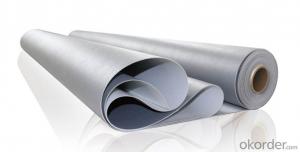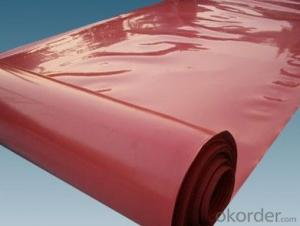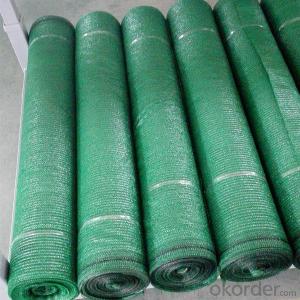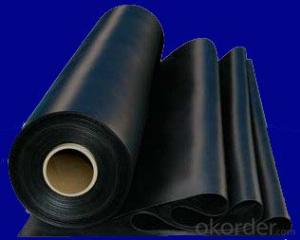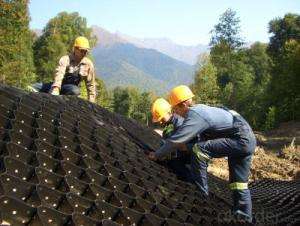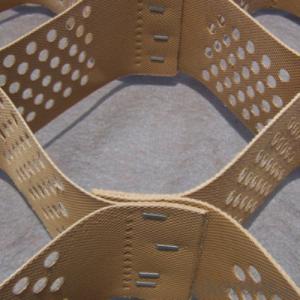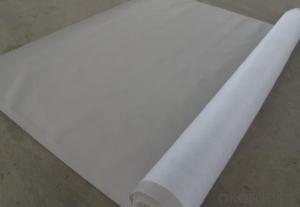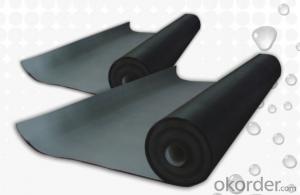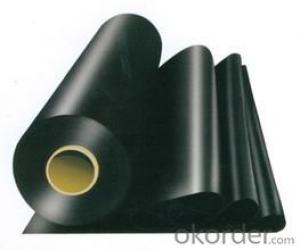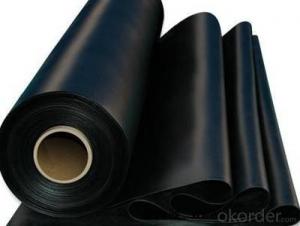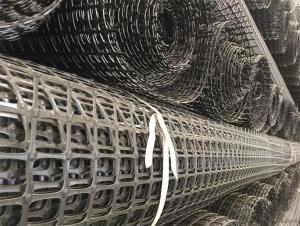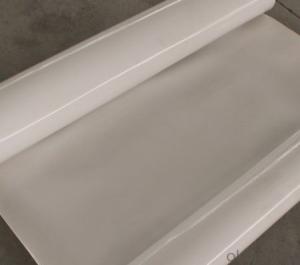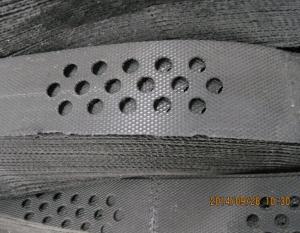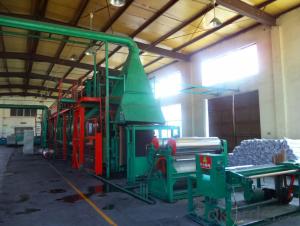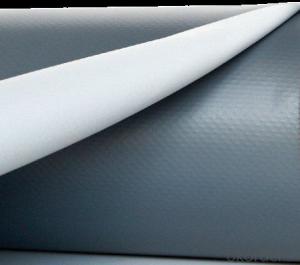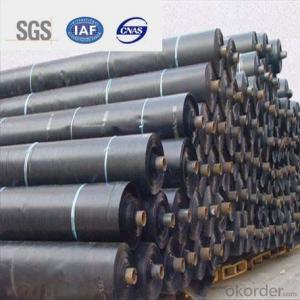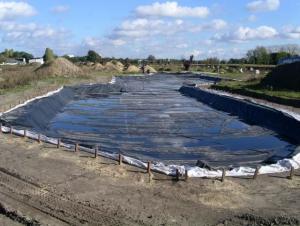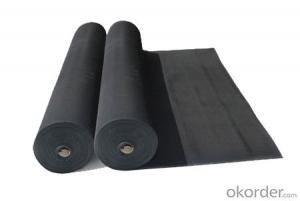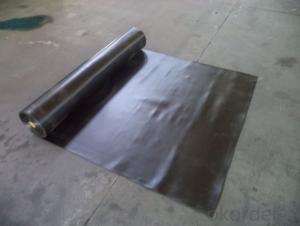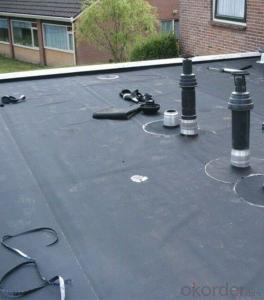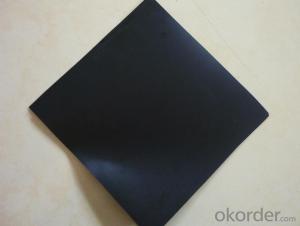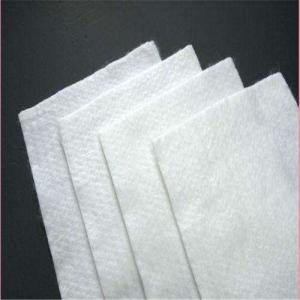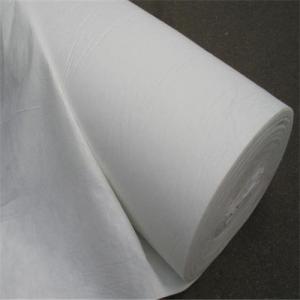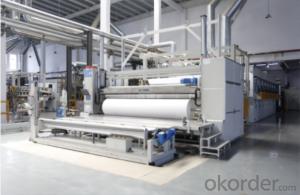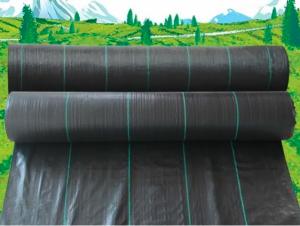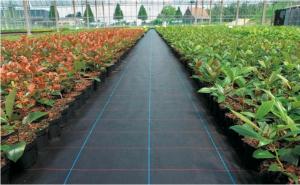Hdpe Membrane
Hdpe Membrane Related Searches
Fridge With Freezer On Bottom Bathrooms With Vessel Sinks Blu Ray Player With Speakers Lenses Compatible With Canon Best Quality Roofing Shingles Light Roofing Materials Waterproof Concrete Blocks Wavy Plastic Roofing Waterproof Mdf Panels Waterproof PaperHot Searches
China Pvc Geomembrane China Geomembrane Roll Sheet Hdpe Geomembrane Sheet Price Hdpe Geomembrane China China Geomembrane Geomembrane China Hdpe Geomembrane Price Geomembrane Liner Price Geomembrane Price Cost To Waterproof A Basement Waterproof Plywood Cost Waterproof Mdf Suppliers Wholesale Hdpe Geomembrane Roll Geomembrane Factory Wholesale Liner Hdpe Geomembrane Wholesale Geomembrane Hdpe Wholesale Hdpe Geomembrane Geotextile Membrane Suppliers Geomembrane Market Size Geomembrane For SaleHdpe Membrane Supplier & Manufacturer from China
Okorder.com is a professional Hdpe Membrane supplier & manufacturer, offers integrated one-stop services including real-time quoting and online cargo tracking. We are funded by CNBM Group, a Fortune 500 enterprise and the largest Hdpe Membrane firm in China.Hot Products
FAQ
- Yes, geotextiles can be effectively used in shoreline erosion control projects. Geotextiles are permeable fabrics that can be installed along shorelines to stabilize the soil and prevent erosion caused by waves and currents. They can be used as a layer to separate the soil from the water, allowing for water filtration while reducing soil erosion.
- When selecting a geotextile, there are several factors to consider. These include the intended application or function of the geotextile, the site conditions and soil characteristics, the required strength and durability, the installation and maintenance requirements, and the cost-effectiveness of the geotextile. Additionally, factors such as compatibility with other materials, environmental considerations, and regulatory requirements may also need to be taken into account.
- Geotextiles provide load support in unpaved roads by distributing the load from vehicles more evenly across the road surface, preventing the formation of ruts and reducing the amount of settlement. They also help in stabilizing the subgrade by acting as a separation layer between the subgrade soil and the overlying base material, preventing the mixing and migration of fine particles. Additionally, geotextiles improve the overall strength and stability of the road by enhancing its resistance to deformation and improving its load-carrying capacity.
- What is the price per square of the non-woven polyester fabric? What is the difference between the geotextile used in the building?
- Non-woven geotextiles generally use polyester and polypropylene fiber. Polyester is polyester. The price is the market, at any time change. If per square meter, it is necessary to know how much weight. So can only say how much price / ton. Now about ~ yuan / ton.
- Yes, geotextiles can be used in geocomposite applications. Geocomposites are multi-layered materials that combine different geosynthetic products, such as geotextiles, geogrids, and geonets. Geotextiles are often used as a component in geocomposites to provide filtration, separation, and reinforcement functions.
- The expected lifespan of geotextiles can vary depending on factors such as the material used, the specific application, and the environmental conditions. However, on average, geotextiles are designed to have a lifespan of at least 25 to 30 years.
- Geotextiles offer several advantages in soil erosion prevention. Firstly, they act as a physical barrier that prevents soil particles from being washed away by water or blown away by wind, thereby reducing erosion. Secondly, they promote vegetation growth by retaining moisture and preventing soil compaction, which ultimately enhances soil stability. Additionally, geotextiles are permeable, allowing water to infiltrate into the soil while filtering out sediment and pollutants, thus improving water quality. Lastly, they are durable and long-lasting, providing long-term erosion control and reducing maintenance requirements. Overall, geotextiles play a crucial role in preventing soil erosion by providing effective and sustainable solutions.
- Yes, geotextiles can be used for reinforcement in embankment construction. Geotextiles are commonly used to improve the stability, strength, and durability of embankments by distributing loads, preventing soil erosion, and promoting drainage. They are effective in reinforcing the soil and preventing potential failures in embankment structures.



